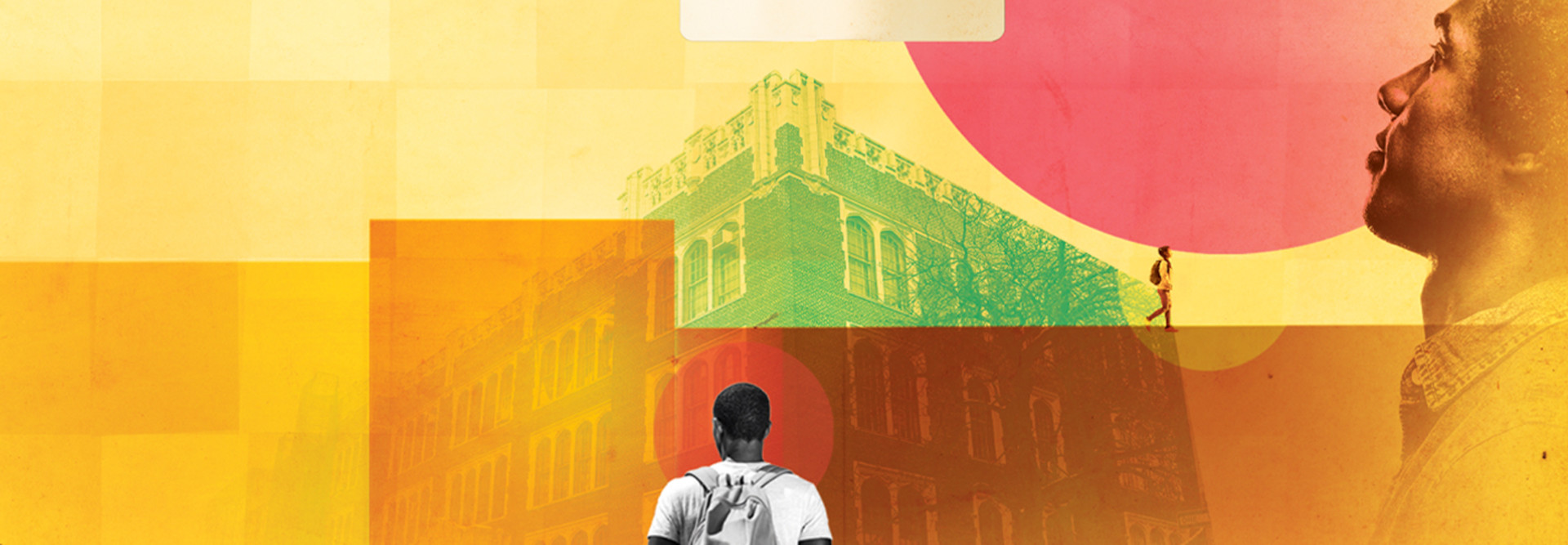Location: It may be surprising to learn that the largest portion of the digital divide isn’t in the city or the country, but in the suburbs, where 53 percent of disconnected students live, according to the report. This is partly because the suburbs are diverse: Some areas of suburban school districts are more like urban districts, while other areas mirror rural districts.
Household Income: On one hand, it’s not surprising that those at the bottom of the income ladder (less than $50,000) make up the majority of disconnected students, at 52 percent. Those squarely in the middle (with incomes between $50,000 and $75,000) are also disproportionately affected, at 19 percent of disconnected students, even though they make up 16 percent of the overall student population. Surprisingly, 18 percent of disconnected students come from households that make $100,000 or more.
Race/Ethnicity: In this category, percentages alone don’t tell the whole story. White students make up the majority of disconnected students at 40 percent, but Black, Hispanic and Native American students are disproportionately affected, as the percentage of disconnected students in those groups is higher relative to their number in the overall student population. Black students make up 19 percent of disconnected students, even though they’re only 15 percent of the student population. Hispanic students make up 33 percent of disconnected students, though they represent 27 percent of the student population. And Native American students make up 2 percent of disconnected students but only 1 percent of the overall student population.
READ MORE: Equal access to computers moves entire Casa Blanca school community.











